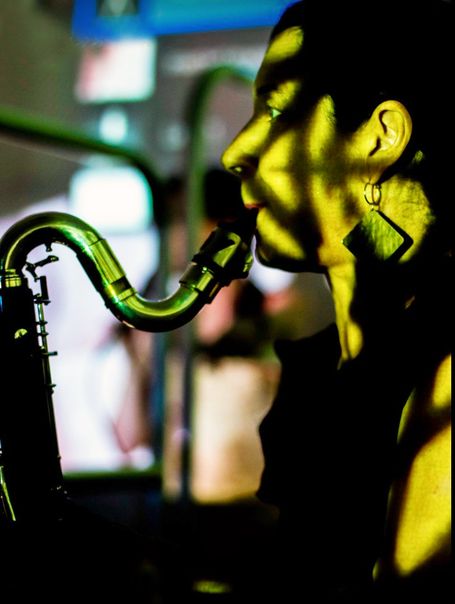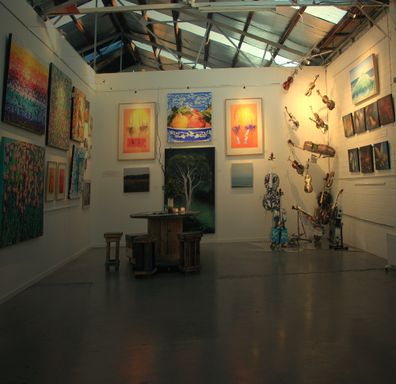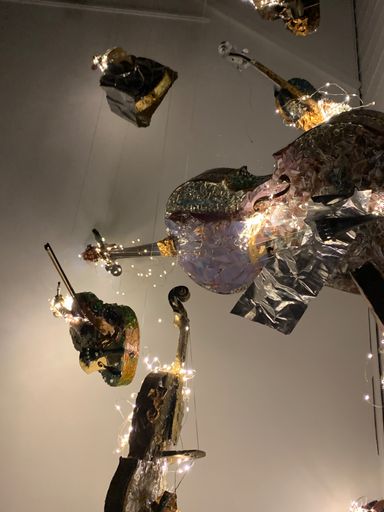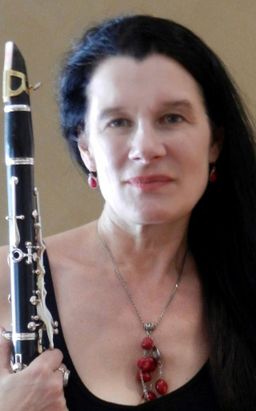Woodwind Specialist, composer, visual/media & educator
The Glass String
the Making
The Glass String
The creation of The Angst of the String (The Glass String)
Dr Brigid Burke, Independent Artist
Chamber Music/instrument building/audio/visual performance is becoming a new field of creative practice and performance. It’s fuelled by the imagery of three dimensional art spaces in contemporary performance culture and is increasingly acceptable and engaging with old art forms and new technologies combined with live digital audio and imagery projection.
In this analysis, I will examine detailed aspects of specific audio/visual/instrument building in live performances. The Glass String formerly The Angst of the String for Chamber strings, String Percussion instruments, live electronics/pre-recorded and video depicts different performance outcomes from the same instruments, score, and intention, from the original onset of the idea. I will focus on the performance spaces and audio-visual delivery across a range spaces and performers including separate audio and visual outcomes.
The Glass String (formally The Angst of the String) in the long term will be the creation of an ensemble work for chamber string ensemble – 8 violinists, 4 cellos, 4 String Percussion instruments, live electronics/pre-recorded and video. The percussion and string instruments are made from glass, paper, gold leaf, lights, discarded violins, violas and cellos, live and pre-recorded electronics and video. It is a notated, audio-visual composition for Chamber Ensemble. The artistic rationale is based on 24 deconstructed pieces of violins, violas and cellos. The Glass String explores different audio out comes using surfaces of vibration, overtone, intonation and attack on the string from both the traditional and percussion string instruments exploring old traditional technologies and new phenomenon. Each string instrument has been transformed into a string/percussion instrument that has attached microphones, effects units that are controlled by switch pedals and sensors by the performers and electronic artist that controls the live visuals. The instruments have also attached lights and cameras that are projected live with pre-recorded visual footage and live cameras. The Chamber ensemble plays the transformed string instruments and their conventional string instruments. The score explores extended techniques, percussive sounds, graphic /traditional notations and microtonality, whisper sounds and glissandi.
This creation will investigate sound worlds from each of the Chamber instrumentalists from a mechanical investigation with a wash of constant rhythmic patterns repeated that gradually become disjointed and fragmented as the effects are changed throughout the composition. The Glass String combines thick textures and extremities in all the instrumentation both audibly and visually.

We need your consent to load the translations
We use a third-party service to translate the website content that may collect data about your activity. Please review the details in the privacy policy and accept the service to view the translations.




























